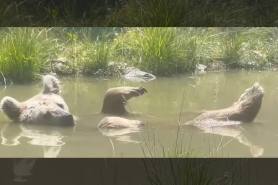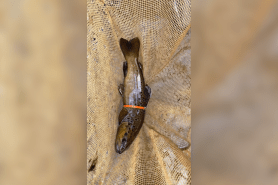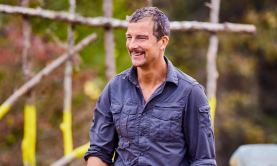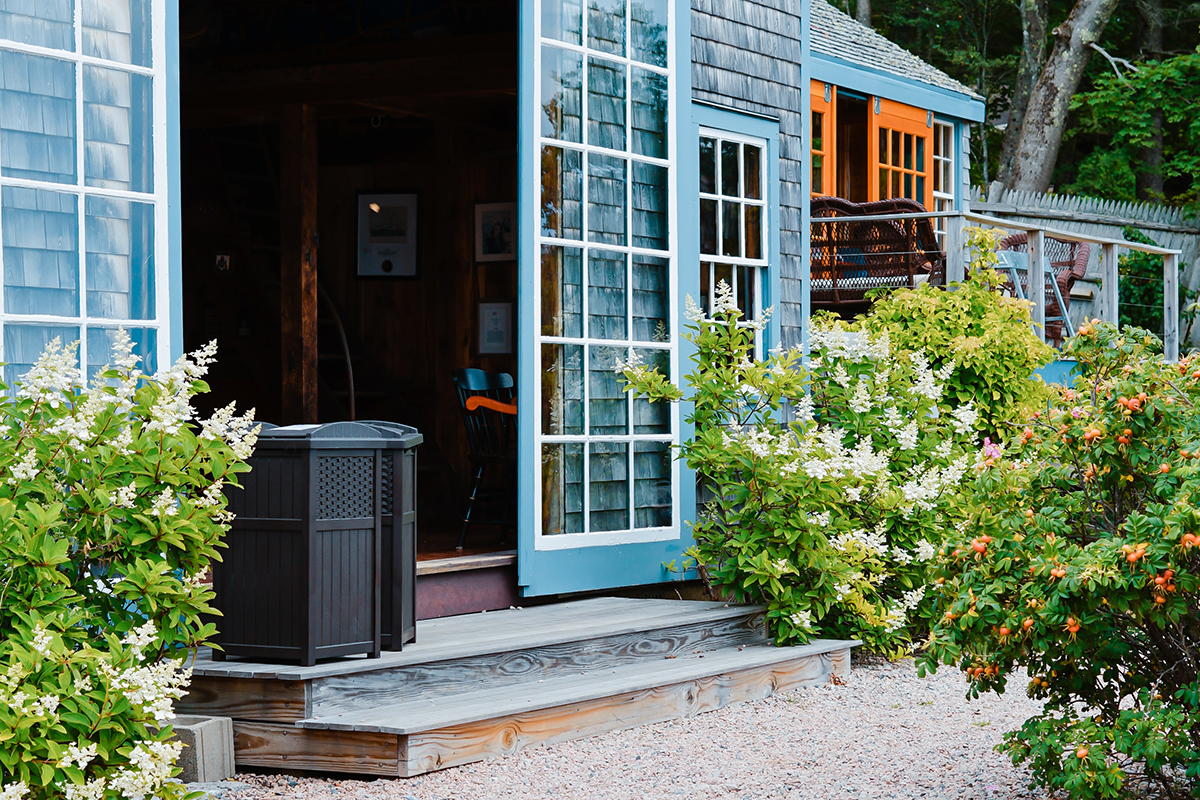

Many people dream of buying a house with a beautifully landscaped yard, but lawns aren’t usually the most environmentally friendly option. Traditional grass yards require a lot of water to keep them green, and this can quickly become unsustainable. If you’re looking for a more sustainable way to make your front yard look beautiful, here is a beginner’s guide to sustainable landscaping.
Videos by Outdoors with Bear Grylls
What Is Sustainable Landscaping?
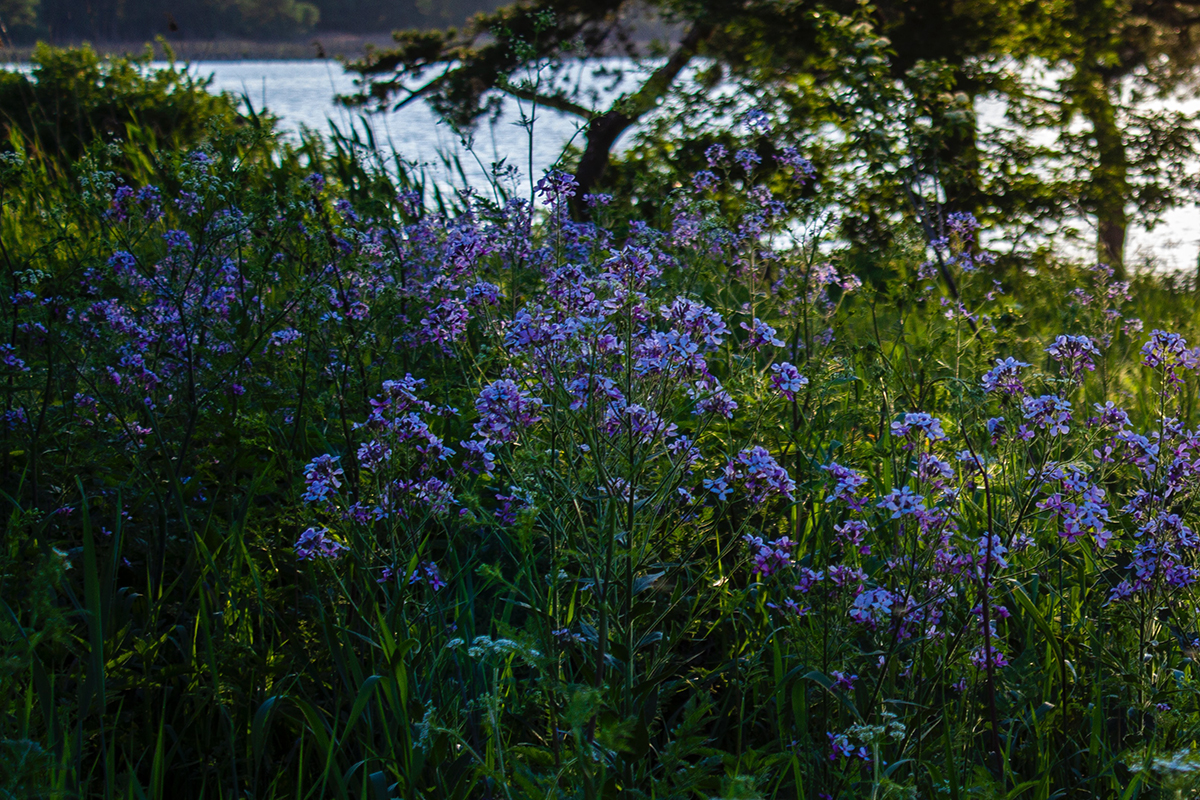
The goal of sustainable landscaping is to create a landscape that helps the local ecosystem thrive. The focus is on native grasses and other native plants, instead of traditional grass.
Most yards seen in suburban America today are high maintenance, use a lot of water, and are difficult for natural wildlife to thrive in and around. So, how can you take a different approach?
How to Get Started with Sustainable Landscaping
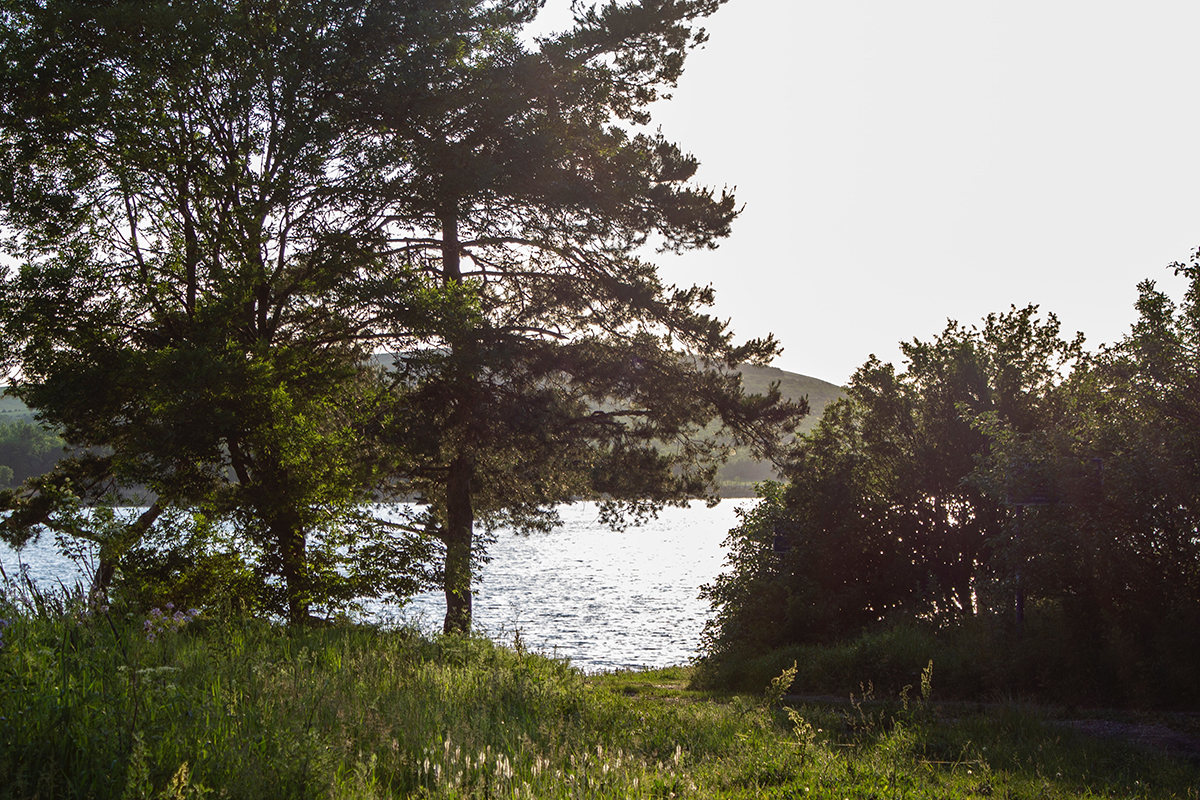
Begin by creating a list of native plants in your region (a Google search will do the trick). Native plants are key. If you live in Pennsylvania, you don’t want to plant a cactus, since it won’t thrive in a temperate environment. Let your preferred aesthetic inform your choices within the options that make sense for your area.
If you don’t have an aesthetic yet, ask yourself some questions. Are you interested in looking into regional grasses? What about wildflowers? Or perhaps a desert landscape makes sense and interests you.
Do this work before you start digging up your lawn. Think about your budget, too, and how much work you’re willing to put in to turn your front yard into a native garden oasis.
Things to Add
Choose a wide variety of plants native to your region. Consider plants like mosses, ground covers, and low-to-the-ground trees that you don’t need to water frequently. Fill empty space between plants with mulch, rocks, or even light-colored concrete, if you want to have a flat space for entertaining.
While you are avoiding plants that require a lot of water, you’ll still need to water them. You could get creative by adding a nearby water source as a part of your sustainable landscape. For instance, add a bird bath or a small pond to attract animals and pollinating insects and make it easy to water your plants when they need it.
What to Avoid
When planting a sustainable landscape, avoid invasive plant species that are common in your area. Plants like bamboo, wisteria, and honeysuckle are beautiful, but they steal the nutrients that native plants need, making it harder for them to survive in the wild.
If you want to add concrete to a sustainable yard, keep it light colored. A dark-colored concrete-like asphalt will soak in the heat, creating a hotspot.
If you decide to keep some grass, avoid harmful fertilizers and try not to cut the grass too often. Wild grass may look less tidy, but it’ll make your yard more attractive to native pollinators.
Transforming Your Yard
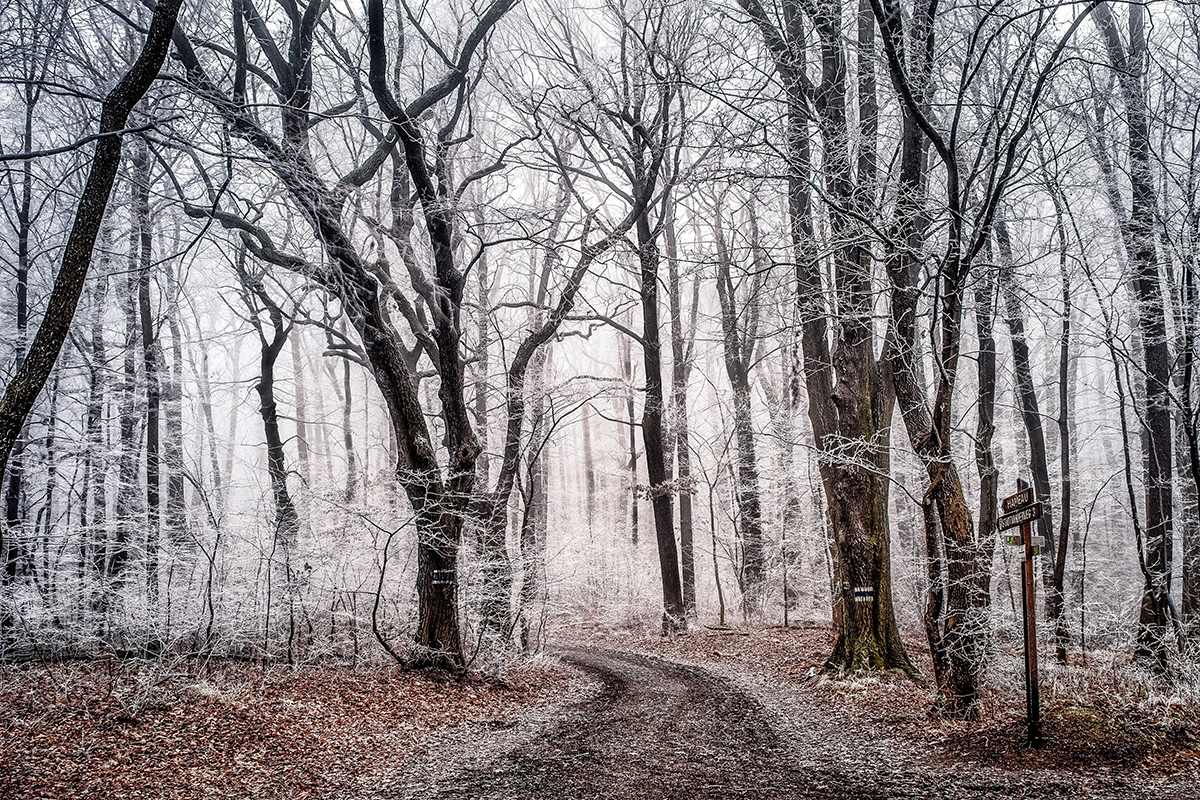
This is where the real work begins. You’ve done the research, you’ve picked out and maybe even purchased your native plants, rocks, and trees, and now it’s time to build your dream yard.
If you decide to hire landscapers, clearly communicate your vision and goals for a sustainable landscape.
When you’ve finished creating your sustainable landscape, you may think that your work is done. Unfortunately, yard maintenance never truly ends. The good news is that sustainable yard maintenance can be easier than traditional yard maintenance.
If you’ve gotten rid of all of the grass, maintenance no longer requires tons of water use or a mower. You will need to consider the following types of upkeep, however.
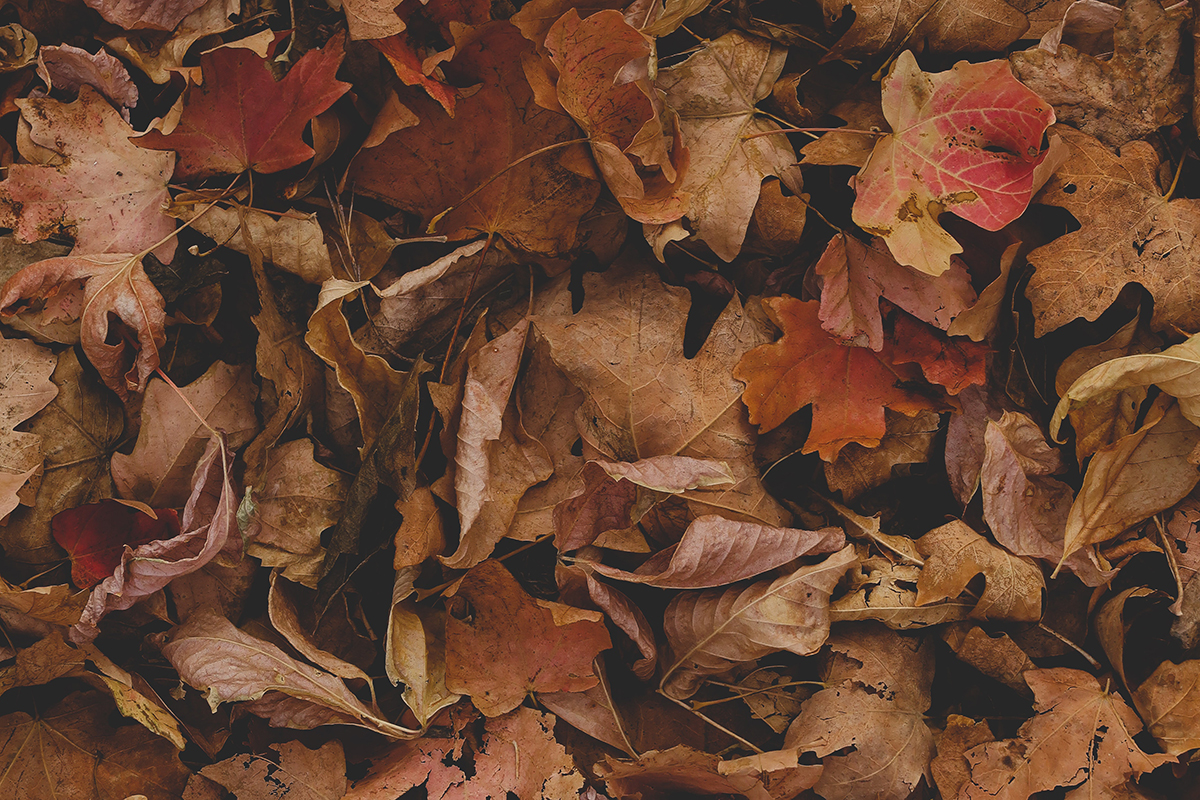
Managing Debris
During the fall when the leaves on the trees start to change and fall off of the trees, you’ll have to figure out what to do with all the leaves. You’ll be tempted to rake, bag the leaves, and throw them away—don’t. Leaves have nutrients that can help your yard grow. Think of your yard as a tiny forest; you wouldn’t rake the leaves in your favorite national park, so leave them in your yard, spread them around, and use them as a natural fertilizer, along with fallen branches, bark, and acorns that might be falling, too.
If branches need to come down from one of your trees, consider incorporating them into your yard. You can simply tuck them in a corner to let them compost and break down naturally over the years or make them statement pieces in your garden beds.
Watering the Plants
All living things need water. A great way to reduce your use of water is to invest in—or build—a rain barrel. A rain barrel collects water during rain storms that you can re-use to water your landscape.
https://outdoors-com-develop.go-vip.net/shop/categories/gifts/home-accessories



